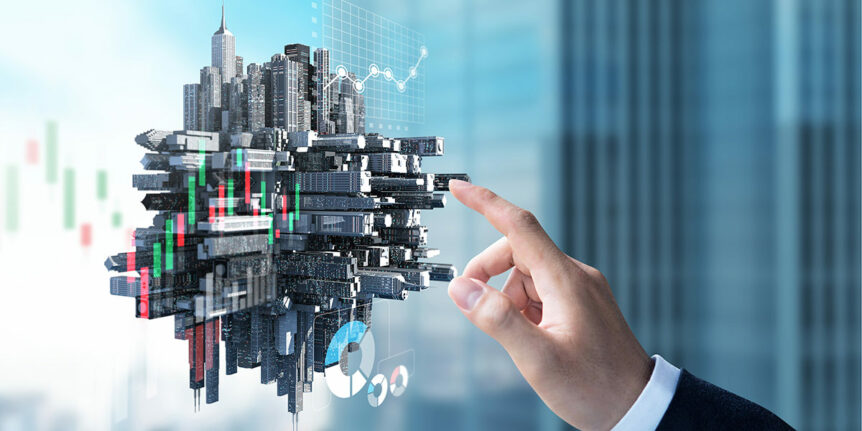One of the most complex barriers to a successfully energy efficiency project is educating the staff and other stakeholders on how and why energy is being saved. It is quite common for systems to revert back to “normal” after implementing system upgrades that significantly reduce the energy savings and all the great work that was performed. Strategic Energy Management (SEM) is a holistic approach to energy management that works to not only implement energy efficiency projects, but to educate, teach, and monitor in real-time the benefits at your facilities.
SEM’s strengths lie with leveraging data analytics to determine building performance and opportunities. Regression Energy models are created for each building based on utility data, weather conditions, and other site specific data. These models are then used to educate key stakeholders on how energy is billed, identifying potential projects, and quantifying energy savings. The SEM approach to energy efficeincy is geared towards longer term monitoring of progress with the ability to easily compare and contrast different buildings.
ERI’s SEM blueprint includes key elements from Lean Six Sigma, such as the define, measure, analyze, improve, and control (DMAIC) approach, thus breaking complex problems down into simpler questions and forming steps to achieve progress. By integrating components of Lean Six Sigma with ISO 50001, change management techniques are coupled with energy coaching to emphasize energy and cost savings results.
The automotive industry is one example of how SEM is being leveraged to drive continuous energy savings improvements. Read here about how the DOE’s 50001 Ready Program has helped more than 1,000 facilities start implementing energy management systems, advancing energy efficiency and competitiveness of American manufacturing.
SEM is a great tool for facilities looking to integrate energy efficiency into their company culture. For more information on how ERI can help you achieve your goals please contact us.

